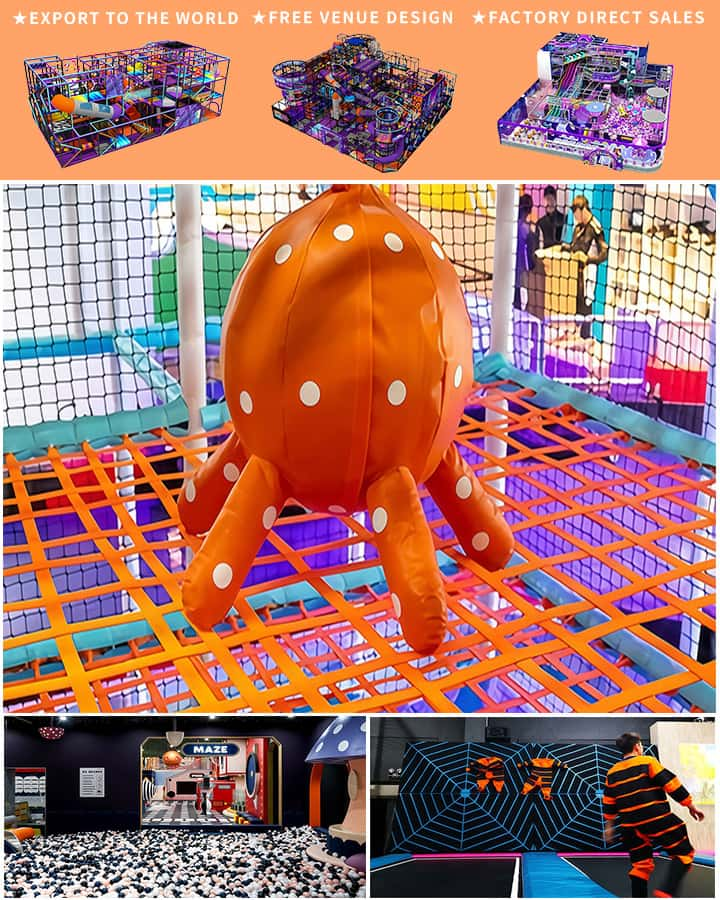In today’s society, where inclusivity is increasingly recognized as a fundamental value, the importance of providing accessible playground equipment for children with disabilities cannot be overstated. The installation of handicap-accessible playground equipment not only fosters an environment of equality and inclusion but also allows all children to enjoy the simple pleasures of play. However, funding these specialized facilities can be challenging. This is where grants come into play, serving as a crucial lifeline for communities striving to build more inclusive recreational spaces.
The Significance of Inclusive Playgrounds
Children are naturally drawn to play, which is essential for their physical, social, and emotional development. For children with disabilities, access to appropriate playground equipment is not just a luxury; it’s a necessity. Inclusive playgrounds feature equipment designed to accommodate a wide range of abilities, enabling children with physical, sensory, or cognitive impairments to engage with their peers in a safe and enjoyable environment. These playgrounds help break down barriers and promote understanding among different age groups and abilities, fostering a sense of community and belonging.
Challenges in Funding Inclusive Playgrounds
Despite the evident benefits, constructing and maintaining handicap-accessible playgrounds can be costly. Specialized equipment, such as wheelchair-accessible swings, sensory play areas, and adaptive climbing structures, often require significant investment that many communities struggle to afford. Public parks and schools, particularly those in underfunded areas, may find it difficult to allocate sufficient resources towards these projects. This financial gap highlights the critical role of grants in bridging the funding shortfall and making inclusive playgrounds a reality.
Exploring Grant Opportunities

Various organizations and government bodies offer grants specifically aimed at supporting the construction and improvement of inclusive playgrounds. These grants can be a game-changer for communities seeking to implement accessibility upgrades without straining local budgets. Here are some notable sources of grants for handicap playground equipment:
Federal Grants: In the United States, agencies like the Department of Health and Human Services (HHS) and the Centers for Disease Control and Prevention (CDC) provide funding through programs such as the Outdoor Recreation Legacy Program (ORLP). These grants aim to improve access to outdoor recreation, including playgrounds, for people with disabilities.
State and Local Initiatives: Many states and municipalities have their own funding programs targeted at enhancing public parks and recreational facilities. These initiatives often include provisions for handicap-accessible playground equipment, encouraging local governments to apply for matching funds.
Nonprofit Organizations: Numerous nonprofits specialize in promoting accessibility and inclusivity in public spaces. Organizations such as the National Recreation and Park Association (NRPA) and the Adaptive Recreation Resource Center (ARRC) offer grants and technical assistance to communities looking to develop or renovate inclusive playgrounds.
Private Foundations and Corporate Sponsorships: Some private foundations and corporations recognize the value of inclusive play and provide grants to support related projects. These contributions can vary from modest seed funding to substantial investments, depending on the organization’s focus and resources.
Applying for Grants: Tips for Success
Securing a grant for handicap playground equipment requires careful planning, clear objectives, and thorough documentation. Here are some tips to enhance your chances of success:
Research Thoroughly: Understand the specific criteria and priorities of each grant program. Tailor your application to align with the funder’s goals, emphasizing how your project will address accessibility needs and benefit the community.
Engage Stakeholders: Collaborate with local advocacy groups, parents of children with disabilities, and other community members who can attest to the need for an inclusive playground. Their input can strengthen your application by demonstrating grassroots support.
Detail Your Plan: Present a comprehensive project plan that outlines the proposed playground design, estimated costs, and anticipated outcomes. Include detailed drawings or renderings to give reviewers a vivid picture of your vision.
Highlight Matching Funds: If possible, demonstrate that you have secured additional funding or in-kind contributions. This shows commitment from multiple sources and increases the attractiveness of your proposal.
Conclusion
Grants for handicap playground equipment play a pivotal role in transforming communities by ensuring that every child has equal access to play and recreation. By leveraging these funding opportunities, communities can create vibrant, inclusive spaces that celebrate diversity and promote social integration. As we continue to champion the cause of accessibility, let us remember that every swing, slide, and climb holds the potential to make a world of difference in the lives of our youngest members.




